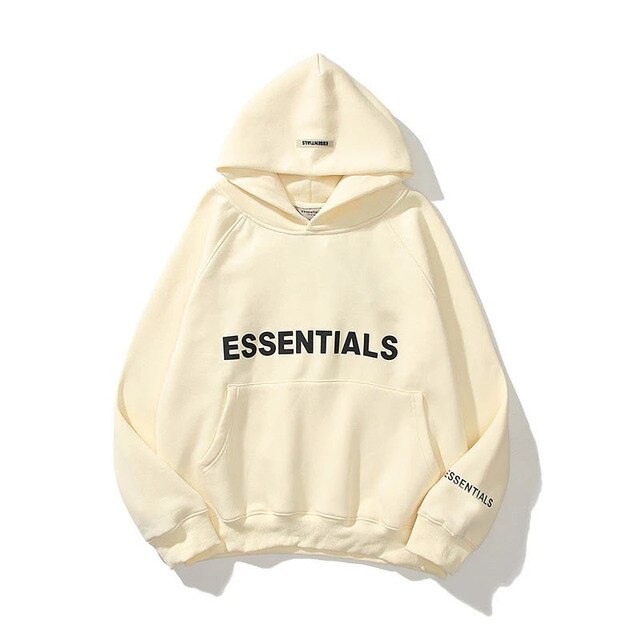Embarking on outdoor adventures—whether hiking mountain trails, camping under the stars, mountain biking, or exploring wilderness areas—requires thoughtful preparation, especially when it comes to clothing. The right apparel not only enhances comfort and safety but also allows you to fully enjoy your experience by protecting you from the Essential Clothing elements, preventing injuries, and providing freedom of movement. Building a well-rounded outdoor wardrobe with essential clothing pieces is crucial for any outdoor enthusiast. Here’s an in-depth guide to the best clothing essentials for outdoor adventures.
1. Layering System: The Foundation of Outdoor Clothing
The concept of layering—wearing multiple clothing layers that can be added or removed based on weather conditions—is fundamental for outdoor activities. It offers flexibility to adapt to changing temperatures, activity levels, and weather.
Base Layer: The Moisture-Wicking Foundation
- Purpose: To keep your skin dry and comfortable by moving sweat away from your body.
- Materials: Merino wool, polyester, or synthetic blends.
- Features: Fitted, breathable, and quick-drying. Avoid cotton as it retains moisture, leading to chills.
- Examples: Performance compression shirts, thermal leggings.
Insulating Layer: The Warmth Provider
- Purpose: To trap body heat and provide insulation.
- Materials: Fleece, down, or synthetic insulations.
- Features: Lightweight, breathable, and packable. Fleece jackets, down vests, or insulated pullovers are popular.
- Examples: Fleece mid-layers, down jackets, insulated vests.
Outer Layer: The Weather Barrier
- Purpose: To protect from wind, rain, snow, and other environmental elements.
- Materials: Waterproof and windproof fabrics like Gore-Tex, eVent, or similar membranes.
- Features: Breathability, adjustable hoods, sealed seams, and ventilation zippers.
- Examples: Waterproof jackets, rain shells, windbreakers.
2. Pants and Bottoms: Comfort and Functionality
Choosing the right bottoms is vital for mobility, protection, and weather resistance.
- Hiking Pants: Made from quick-drying, durable, and stretchy fabrics. Look for features like water resistance, ventilation zippers, and articulated knees for flexibility.
- Convertible Pants: Offer versatility—zip off into shorts for warmer conditions.
- Thermal Leggings: Worn under pants for added insulation during cold weather.
- Waterproof Pants: Essential for rainy or snowy conditions, especially when combined with a waterproof outer shell.
- Cargo Pants: Useful for carrying small gear thanks to multiple pockets, but ensure they’re lightweight and breathable.
3. Footwear: Comfort and Support
Proper footwear is arguably the most critical gear for outdoor adventures.
- Hiking Boots: Sturdy, waterproof, with good ankle support and traction. Choose boots suited for the terrain—lightweight boots for trail hiking, more rugged for rugged terrains.
- Trail Running Shoes: Lightweight, flexible, and breathable for faster-paced activities.
- Sandals or Water Shoes: For water crossings or beach outings, with quick-drying materials and good grip.
- Socks: Moisture-wicking, cushioned socks (preferably wool or synthetic blends) prevent blisters and keep feet dry.
4. Head and Face Protection
Protection from sun, cold, and debris is essential for safety and comfort.
- Hats: Wide-brim hats for sun protection; beanies or thermal hats for cold weather.
- Bandanas or Buffs: Versatile for sun protection, sweat absorption, or face covering.
- Sunglasses: UV-protective, impact-resistant sunglasses to shield eyes from sun and debris.
- Balaclavas or Face Masks: For cold weather or high-altitude activities, providing warmth and wind protection.
5. Gloves and Hand Protection
Hands often get overlooked, but they’re vulnerable in many outdoor settings.
- Lightweight Gloves: For sun protection and light activity.
- Insulated Gloves: For cold weather, with waterproof features for snow and rain.
- Touchscreen-compatible Gloves: Allow use of devices without removing gloves.
6. Specialized Clothing for Different Activities
Depending on the specific outdoor activity, certain clothing items become more relevant:
- Cold Weather: Down-insulated jackets, thermal base layers, windproof outer shells, insulated gloves, and thermal hats.
- Water Activities: Wetsuits or dry suits, quick-drying swimwear, rash guards for protection against sun and abrasions.
- Climbing: Climbing pants with stretch and durability, moisture-wicking shirts, and harness-compatible clothing.
- Backpacking: Lightweight, packable layers, moisture management, and multi-pocket cargo pants.
7. Additional Essentials and Accessories
- Rain Gear: Compact, packable rain jackets and pants are lifesavers during unexpected downpours.
- Gaiters: Covering the lower legs and ankles, gaiters prevent debris, water, and snow from entering boots.
- Packable Insulation: Packable down or synthetic jackets for layering when resting or in cold zones.
- Emergency Layers: Compact thermal blankets or emergency jackets can be crucial in unexpected weather changes.
8. Choosing the Right Materials and Features
Selecting the right clothing depends heavily on the environment and activity.
- Breathability: Vital for high-intensity activities to prevent overheating.
- Water Resistance: Essential for rainy, snowy, or damp environments.
- Durability: Reinforced knees, seat, and high-wear areas for rugged terrain.
- Weight and Packability: Lightweight, compressible clothing minimizes pack weight and maximizes comfort.
Final Tips for Outdoor Clothing Essentials
- Invest in Quality: Durable, well-made gear lasts longer and performs better.
- Layer Smart: Always prioritize layering to adapt quickly to changing conditions.
- Be Weather Prepared: Check forecasts and pack accordingly, including extra layers for surprises.
- Prioritize Comfort and Fit: Clothing should allow freedom of movement without restricting circulation or causing chafing.
- Maintain Your Gear: Proper cleaning and storage extend the life of your outdoor apparel.
Conclusion
Equipping yourself with the right clothing for Essentials Hoodies outdoor adventures is fundamental to safety, comfort, and enjoyment. The key lies in building a versatile wardrobe centered around effective layering, weather resistance, mobility, and protection. From moisture-wicking base layers to durable waterproof outer shells, each piece plays a vital role in ensuring you’re prepared for whatever nature throws your way. By investing in quality essentials tailored to your specific activities and environment, you can confidently explore the outdoors and create memorable adventures with confidence and ease.

